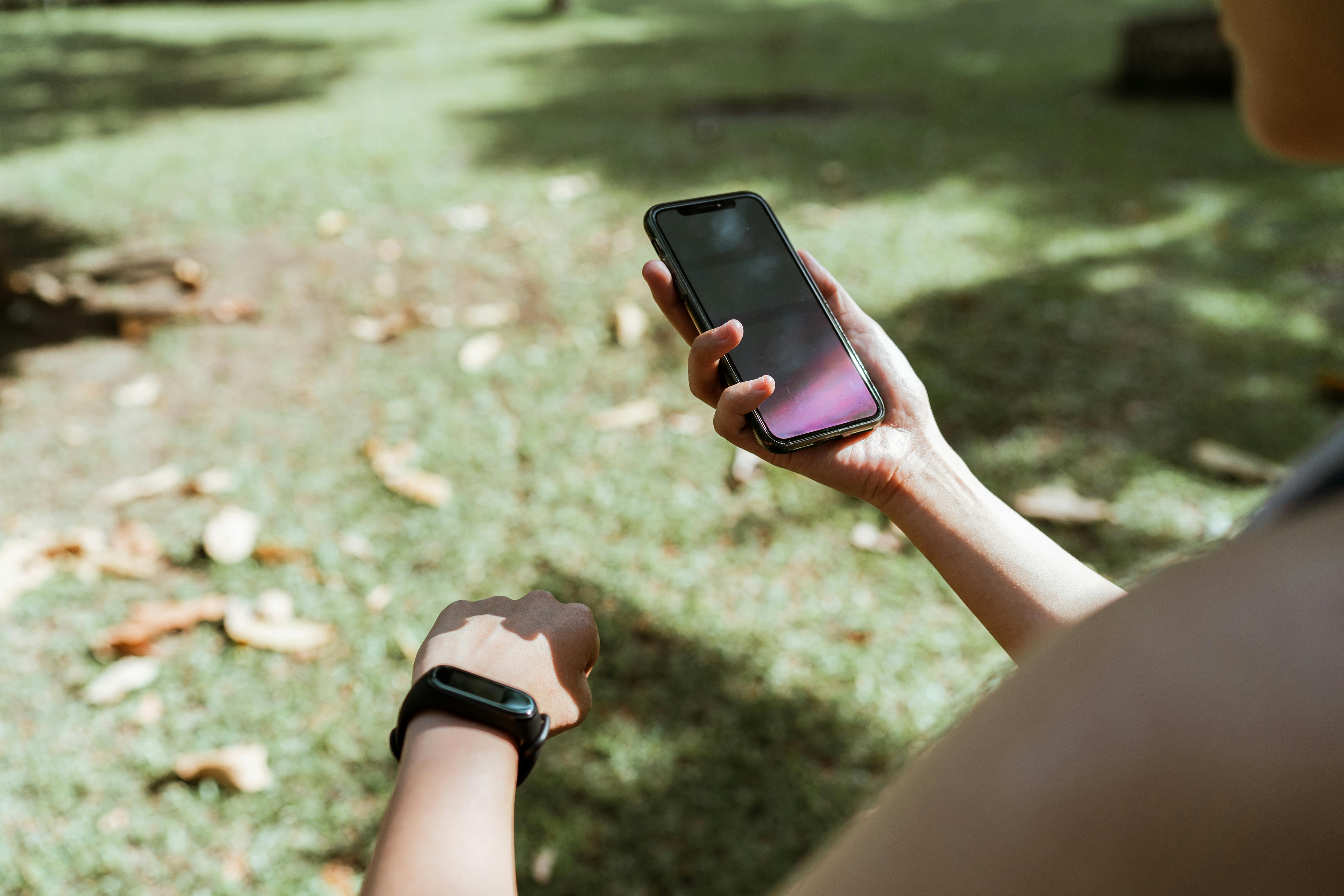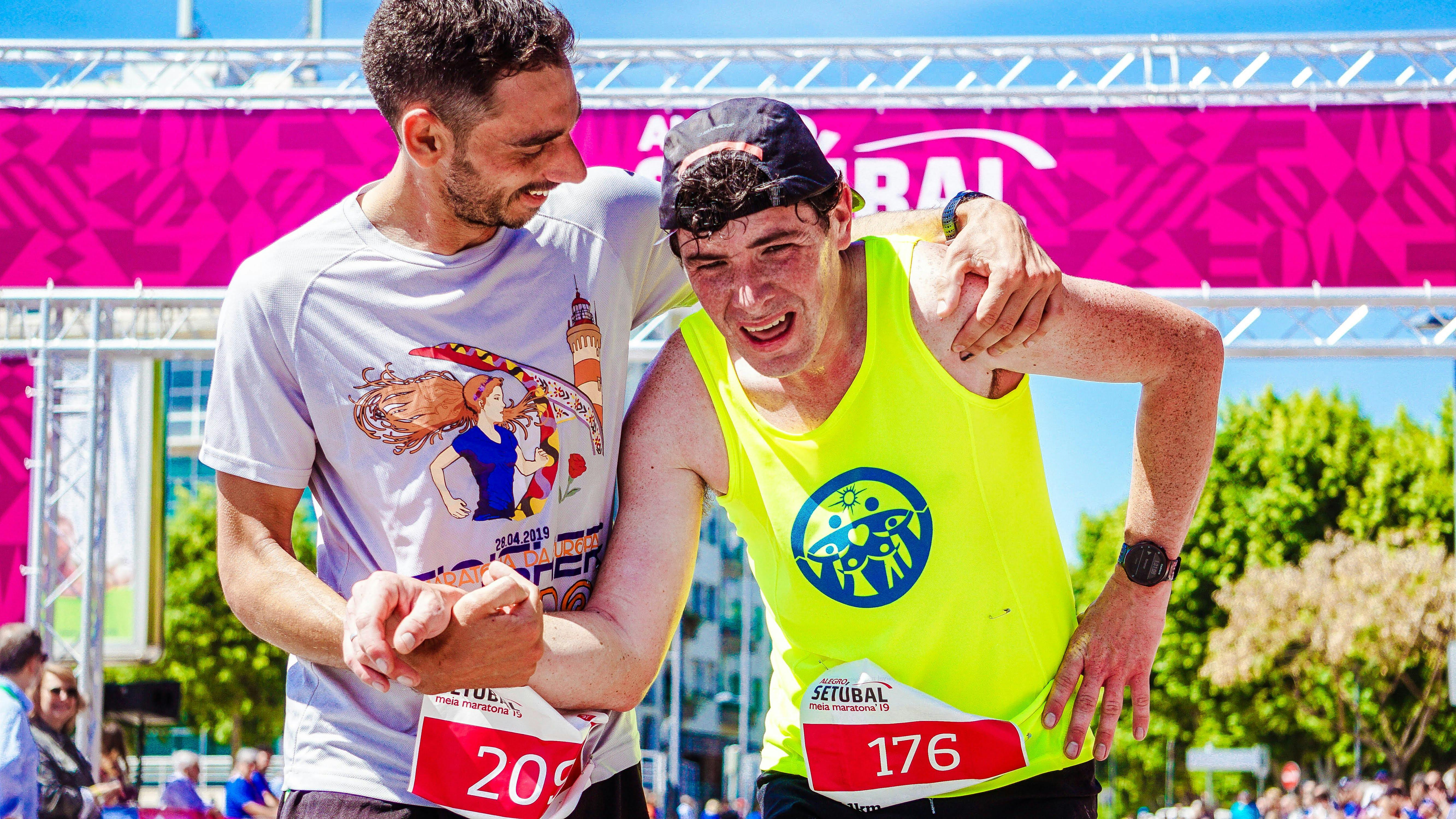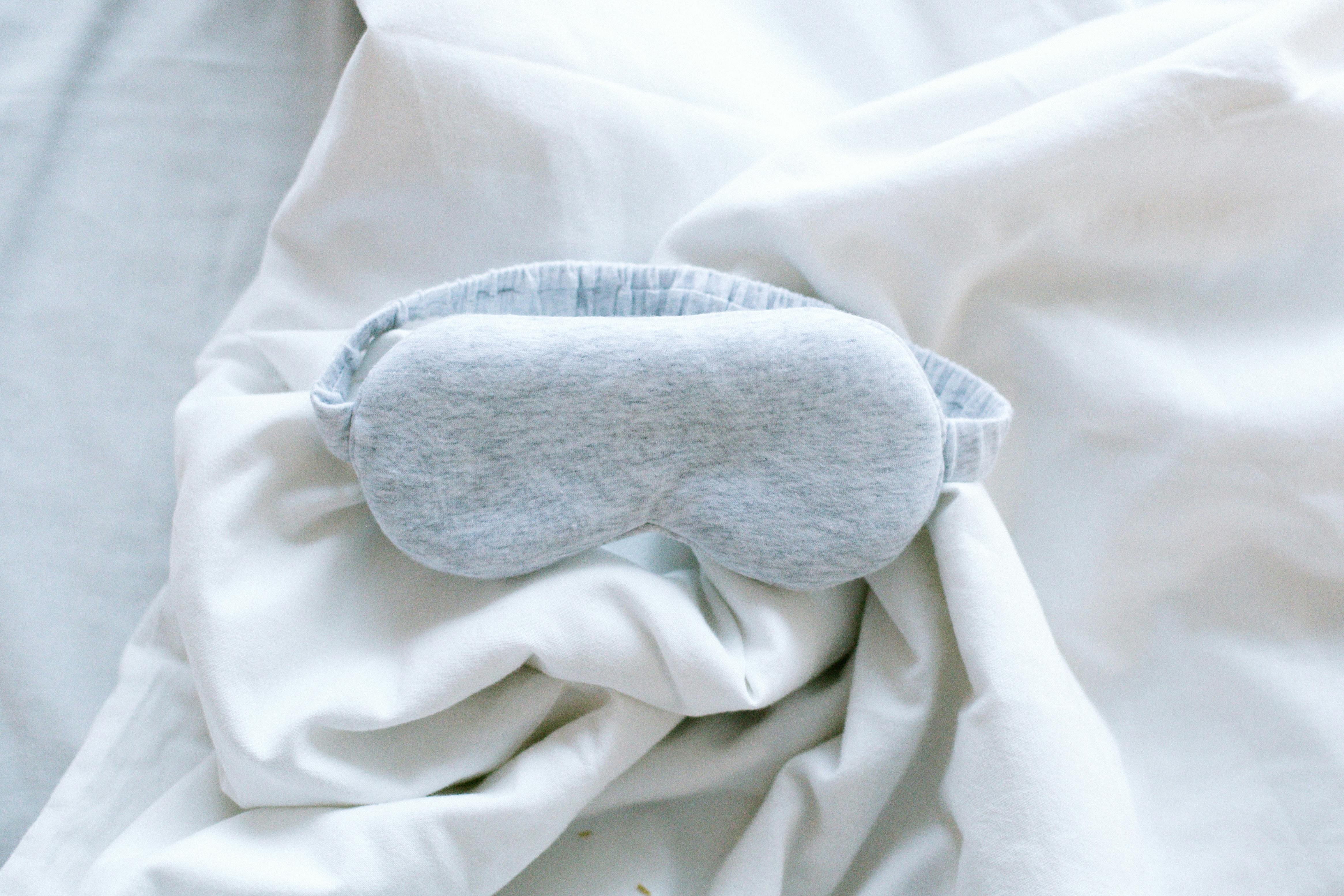Of the four lifestyle changes that are prescribed for bariatric patients after weight loss surgery, Rule # 4, Exercise Daily, is the most difficult for patients to incorporate into their weight loss program. Patients undergoing weight loss surgery are morbidly obese at the time of surgery and most of the time lead a sedentary lifestyle due to mobility complications caused by their weight. The surgeon’s advice to include daily exercise as part of a weight loss program can seem as daunting as the challenge of climbing Mount Everest. In addition to daily exercise, patients are prescribed a diet rich in protein, and they should drink plenty of water and avoid snacks.
Patients are more likely to become physically active when they gently increase their Activities of Daily Living (ADL) rather than trying a full-fledged boot camp-style strength and cardiovascular training regimen from the start. The well-known Duke Diet for Long-Lasting Healthy Weight Loss suggests that the first element of fitness is ADLs, which include everything from “waking up, getting out of bed, combing hair, putting on your robe, getting the newspaper to do. housework, gardening and walking the dog. ” According to the Duke Diet program, ADLs accumulate throughout the day and burn calories with little or no conscious effort.
During the first days and weeks of recovery from bariatric surgeries, including gastric bypass, lap-band, and gastric sleeve, patients are encouraged to walk short distances several times a day as part of their program of Recovery. As a person recovers from surgery, they can consciously seek opportunities throughout the day to increase their ADLs in ways that morbid obesity had limited before surgery and subsequent weight loss. Patients must avoid the mistake that many have fallen into, that is, “Wait until you lose weight before you start exercising.” Patients who hope to include exercise in their day or fail to increase their ADLs rarely achieve desired weight or maintain weight loss to term.
Consider these opportunities to increase activities of daily living while recovering from gastric weight loss surgery:
- Do moderate housework like vacuuming and sweeping more often and with more energy.
- During breaks from TV commercials, stand and walk in place, stretch, bend your knees, or circle your arms.
- Take the dog for longer and more frequent walks.
- Play actively with children and include brisk walks, squatting, jumping, or climbing in the park or on the playground.
- Get excited about gardening by mowing the lawn or raking leaves
- Use stairs instead of elevators or escalators that go up and down
- Take stretching breaks to loosen tight muscles during long hours at a desk or office job.
- Stand up for routine office tasks like sorting paperwork or filing and talking on the phone.
- Perform calf raises while standing in line or waiting for the bus
- Plan hometown walking tours for a relaxed afternoon and explore your neighborhood
- Bring groceries from the car home, one bag at a time, increasing steps, do push-ups with heavier items, like canned goods, before putting them away.
- Hand wash the car with a bucket of soapy water and rinse with the garden hose instead of going to a car wash to increase activity and save money
The benefits of increased activities of daily living are twofold for weight loss surgery patients: the first benefit is increased physical mobility and stamina; the second benefit is enjoying activities that morbid obesity had prevented. As patients become physically stronger through increased ADLs and weight loss, they can begin to add fitness activities to their healthy weight management routine quite effectively.




